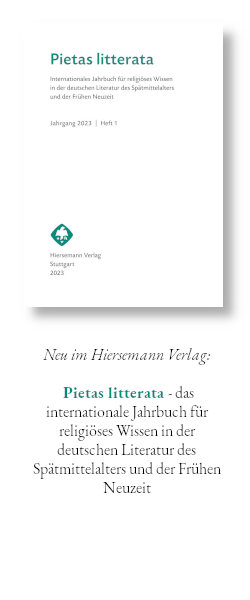Exzerpte aus einem unbekannten Matthäus-Kommentar irischer Tradition im Codex Köln, Dombibl. 57
DOI:
https://doi.org/10.36191/mjb/2023-58-2-1Schlagworte:
Irish exegesis of Matthew, early medieval Bible exegesis, newly discovered textAbstract
Lukas J. Dorfbauer: Excerpts from an unknown commentary on Matthew of the Irish tradition in MS Köln, Dombibl. 57.
Köln, Dombibl. 57, a book written most probably around 833 in Cologne, contains among other texts an incomplete copy of Jerome’s Commentary on Matthew which on closer inspection turns out to be of special interest: An anonymous compiler has enriched Jerome’s text with excerpts from another commentary on Matthew, unknown so far, which I propose to call the ›Kölner Exzerptkommentar‹ (KEK). The excerpts provide interpretations of Mt. 1,1 – 16 and 4,12 – 5,21; they exhibit significant parallels, both in their contents and in their language, to a number of exegetical works from the early Middle Ages that nowadays are identified as Irish or Hiberno-Latin. The present article introduces KEK to the scholarly community for the first time, offering an edition and succinct discussions of the relevant excerpts. It demonstrates that KEK originated between the second half of the 7th and the end of the 8th century, and that it was probably based on yet another Irish commentary on Matthew, totally lost to us it seems, which was dependent on Ailerán’s Interpretatio mystica progenitorum Iesu, and which was the main source not only for KEK but also for the anonymous Irish commentary on Matthew in Wien, ÖNB cod. 940. Apart from Wien 940, KEK shows significant parallels – inter alia – with the so-called ›Irish Reference Bible‹, with ›Frigulus‹, Sedulius Scottus, and especially with Ps.‑Jerome’s Expositio IV evangeliorum. Although Köln, Dombibl. 57 is an important testimony for Irish biblical exegesis, and although this book certainly descends from an exemplar written in insular script, no firm conclusions should be drawn from it about possible Irish influence on the Cologne scriptorium in the early 9th century.


